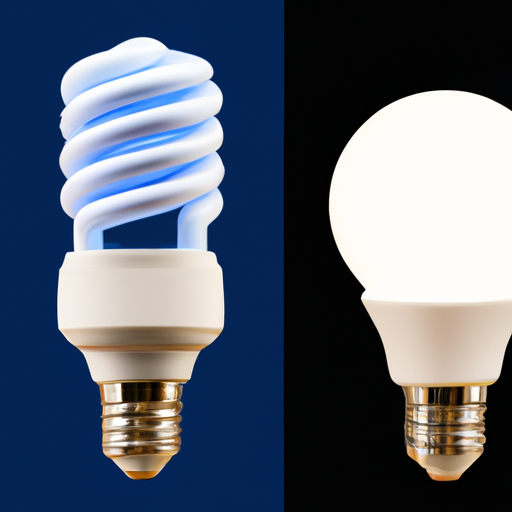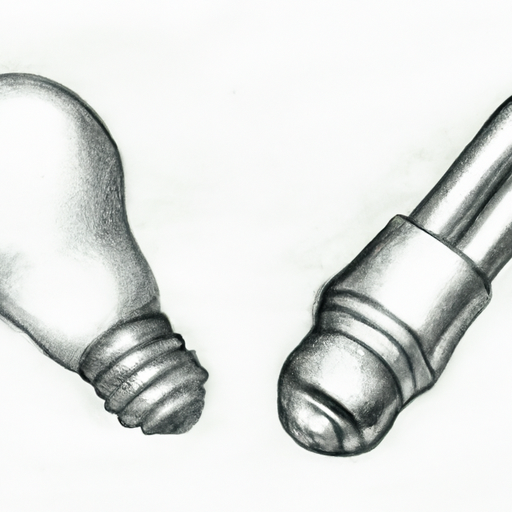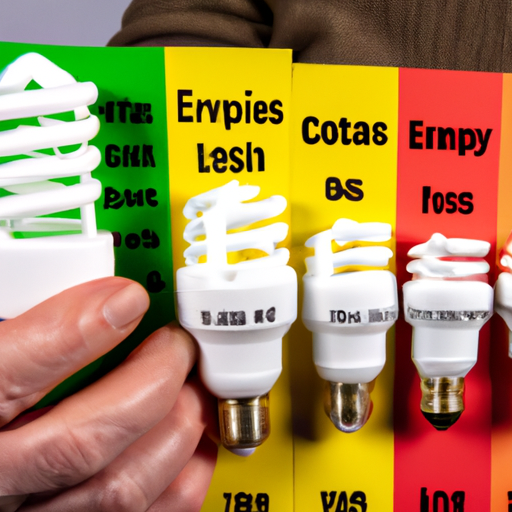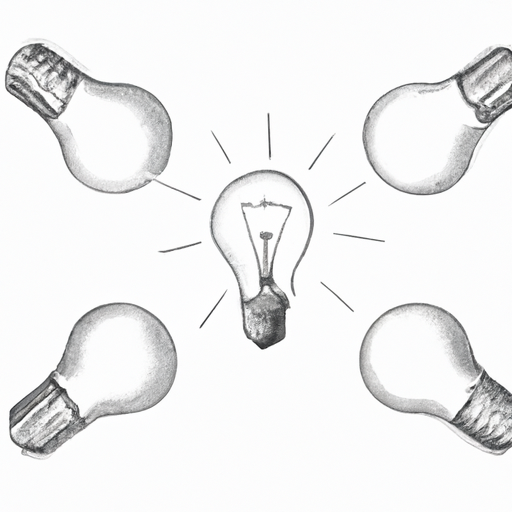The ban on incandescent lamps is a global effort to phase out traditional lamps in favor of more energy-efficient options such as CFLs and LEDs. The ban is due to environmental concerns and is aimed at reducing energy consumption and carbon emissions. CFLs and LEDs are cost-effective and have a long lifespan, making them popular alternatives. Manufacturers and experts are investing in these technologies, and LEDs are becoming more popular due to their energy efficiency and lower prices.
In recent years, governments around the world have been trying to ban incandescent light bulbs. The move has sparked debate and discussion among consumers, environmentalists and industry professionals. While some see this as an important step towards reducing energy consumption and fighting climate change, others argue that it limits consumer choice and ignores the potential drawbacks of alternative lighting options. In this article, we’ll delve into the incandescent ban, explore its environmental impact, energy-efficient alternatives, how consumers can adapt to the ban, and what the future holds for lighting. Whether you’re an individual looking to make greener choices or an industry professional interested in the changing lighting landscape, this article will provide you with the information you need to understand and navigate the incandescent ban.
- 1. “Understanding the Incandescent Light Ban: What You Need to Know”
- 2. “Environmental Impact: Why Governments Ban Incandescent Light Bulbs”
- 3. “Energy efficiency at its best: alternatives to incandescent lamps”
- 4. “Navigating the Transition: How Consumers Can Adapt to the Incandescent Light Ban”
- 5. “Prospects of the industry: the future of lighting technology after the ban on the use of incandescent lamps”
1. “Understanding the Incandescent Light Ban: What You Need to Know”

Incandescent light bans refer to the phase-out and eventual ban of traditional incandescent light bulbs in many countries around the world. This ban is aimed at increasing energy efficiency and reducing greenhouse gas emissions by encouraging the adoption of more efficient lighting technologies.
One of the key things to understand about banning incandescent bulbs is that it does not mean that bulbs will no longer be available. Instead, it encourages the use of alternative lighting options such as compact fluorescent lamps (CFLs), light-emitting diodes (LEDs) and halogen lamps, which are more energy efficient and last longer than traditional incandescent lamps.
The ban on incandescent lamps is caused by environmental problems. Incandescent bulbs are very inefficient because they mostly produce heat, not light. This means that a significant amount of energy is wasted, leading to higher electricity bills and increased demand for electricity generation, which in turn contributes to higher carbon emissions.
for
2. “Environmental Impact: Why Governments Ban Incandescent Light Bulbs”

Environmental Impact: Why Governments Ban Incandescent Light Bulbs
The decision to ban incandescent lamps is primarily due to the desire to mitigate the impact of traditional lighting technologies on the environment. Incandescent bulbs are very inefficient, converting only 10% of the energy they consume into light, while the remaining 90% is wasted as heat. This inefficiency leads to excessive energy consumption, increased greenhouse gas emissions, and contributes to global warming.
One of the main environmental problems associated with incandescent lamps is their significant energy consumption. In a world where energy resources are depleting at an alarming rate, it is imperative to adopt energy efficient alternatives. Compact fluorescent lamps (CFLs) and light-emitting diodes (LEDs) are two popular alternatives that use significantly less energy while providing the same or even better lighting quality. By switching to these more efficient options, governments aim to reduce energy consumption and reduce demand for fossil fuels, which are the main source
3. “Energy efficiency at its best: alternatives to incandescent lamps”

With the ban on incandescent bulbs, consumers are now looking for energy-efficient alternatives that not only save electricity, but also reduce their carbon footprint. Fortunately, there are several options on the market that provide excellent energy efficiency while maintaining light quality.
One of the most popular alternatives to incandescent lamps is the compact fluorescent lamp (CFL). CFLs use approximately 70-80% less energy than traditional incandescent lamps and have a longer lifespan. These lamps work by passing an electric current through a tube containing argon and a small amount of mercury vapor. This reaction creates ultraviolet light, which then excites the phosphor coating on the inside of the tube, emitting visible light. Although CFLs may initially cost more than incandescent bulbs, their long life and energy-saving capabilities make them a cost-effective choice in the long run.
Another alternative that is gaining popularity is LED lights. LED technologies are developing rapidly
4. “Navigating the Transition: How Consumers Can Adapt to the Incandescent Light Ban”

In connection with the effect of the ban on incandescent lamps, consumers faced the task of switching to more energy-efficient lighting options. While this may seem like a daunting task, there are several strategies and considerations that can help consumers adjust smoothly to the incandescent light bulb ban.
One of the first steps consumers can take is to explore the available alternatives to incandescent light bulbs. Compact fluorescent lamps (CFLs), light-emitting diodes (LEDs), and halogen lamps are among the most popular options on the market today. Each of these alternatives has its own unique set of benefits and considerations, so it’s important for consumers to research and understand which option best suits their specific needs.
Another important factor to consider when transitioning is the issue of cost. Although incandescent bulbs may be cheaper, they have a much shorter lifespan and use significantly more energy. On the other hand, energy-efficient alternatives such as LEDs
5. “Prospects of the industry: the future of lighting technology after the ban on the use of incandescent lamps”

With the ban on incandescent light bulbs, the lighting industry was forced to adapt and seek new technologies to meet consumer needs. This ban caused significant changes in the market, leading to the development and widespread adoption of more energy-efficient lighting options.
Industry experts and manufacturers are actively exploring and investing in alternative lighting technologies such as compact fluorescent lamps (CFLs), light-emitting diodes (LEDs), and incandescent halogen lamps. These technologies offer numerous advantages over traditional incandescent lamps, including longer lifetimes, lower energy consumption, and lower environmental impact.
In particular, LEDs have become a leading contender in the era of the ban on incandescent bulbs. They offer a wide range of benefits, including exceptional energy efficiency, durability, versatility and longer service life. Although they were initially more expensive than traditional bulbs, the prices of LED bulbs have steadily decreased, making them more affordable for consumers.
In summary, banning incandescent lamps is a significant step towards solving environmental problems and promoting energy efficiency. Governments around the world have recognized the environmental impact of incandescent light bulbs and are taking steps to encourage the use of greener alternatives. By switching to energy-saving options such as LED and CFL bulbs, consumers can not only reduce their energy consumption, but also save money in the long run. While the ban may require some adjustments and consumer education, it opens up an opportunity for innovation and growth in the lighting industry. As we move forward, it is imperative that industry leaders continue to invest in research and development to ensure that lighting technology continues to evolve and meet the needs of a sustainable future.
 Purex find
Purex find